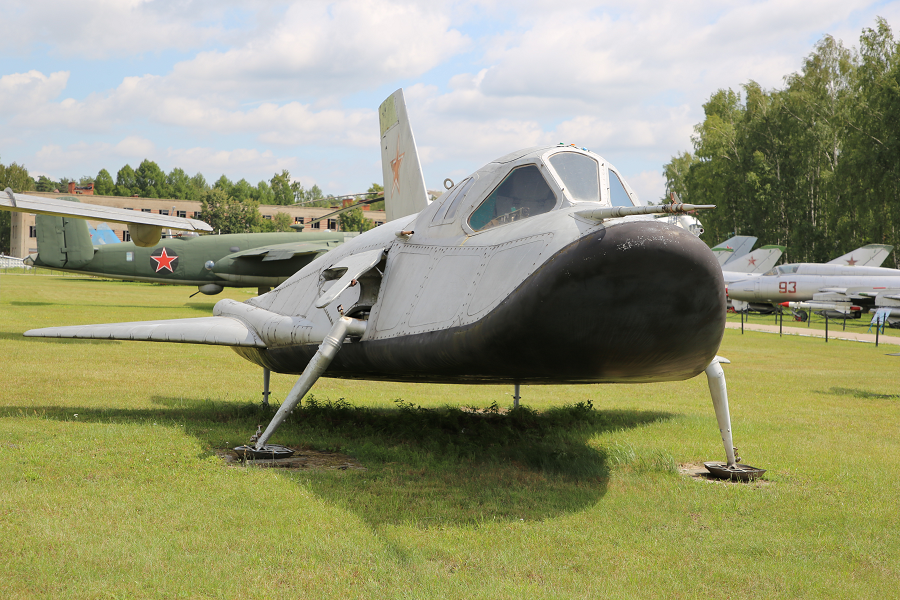The Mikoyan-Gurevich MiG-105, part of the Spiral program, was a crewed test vehicle to explore low-speed handling and landing. It was a visible result of a Soviet project to create an orbital spaceplane. The MiG 105 was nicknamed “Lapot”.
The program was also known as the Experimental Passenger Orbital Aircraft (EPOS). Work on this project began in 1965, with the project being halted in 1969, only to be restarted in 1974 in response to the U.S. Space Shuttle Program. The test vehicle made its first subsonic free-flight test in 1976, taking off under its own power from an old airstrip near Moscow. Flight tests, totaling eight in all, continued sporadically until 1978. The actual space plane project was cancelled when the decision was made to instead proceed with the Buran project. The MiG test vehicle itself still exists and is currently on display at the Monino Air Force Museum in Russia.
Spiral concept
Soviet engineers opted for a midair launch scheme for Spiral. Known as “50 / 50”, the idea was that the spaceplane and a liquid fuel booster stage would be launched at high altitude from the back of a custom-built hypersonic jet. The mothership was to have been built by the Tupolev Design Bureau (OKB-156) and utilize many of the same technologies developed for the Tu-144 supersonic transport and the Sukhoi T-4 Mach 3 bomber. It was never built.
Chief designer: G. Lozino-Lozinsky.
Was tested to exercise approach system, access stability and control capability of the aircraft – dropped from the altitude of 5500 m from the carrier Tu-95. Crew -1, take-off weight – 4400 kg, length – 8m, wingspan – 7.4 m












